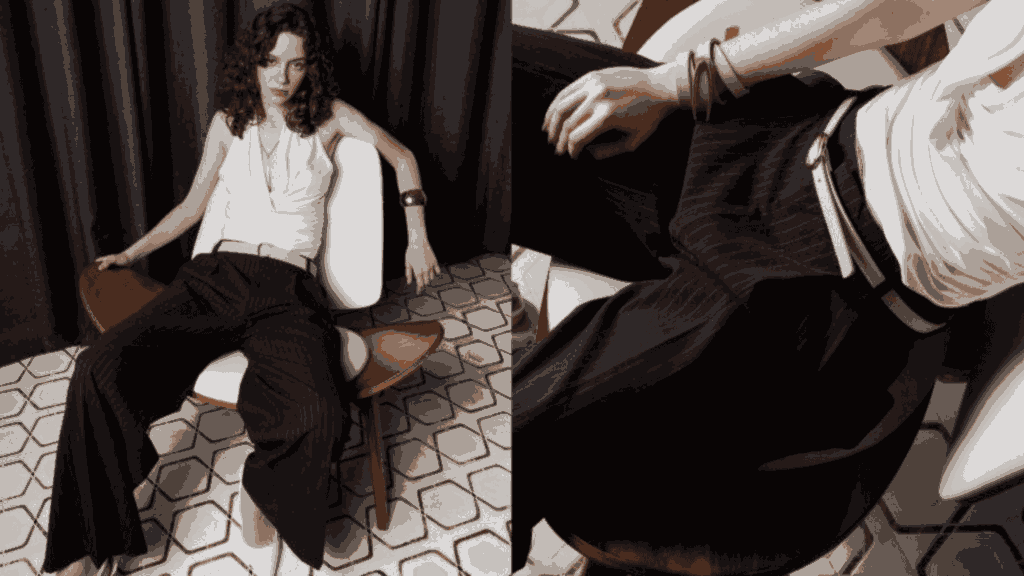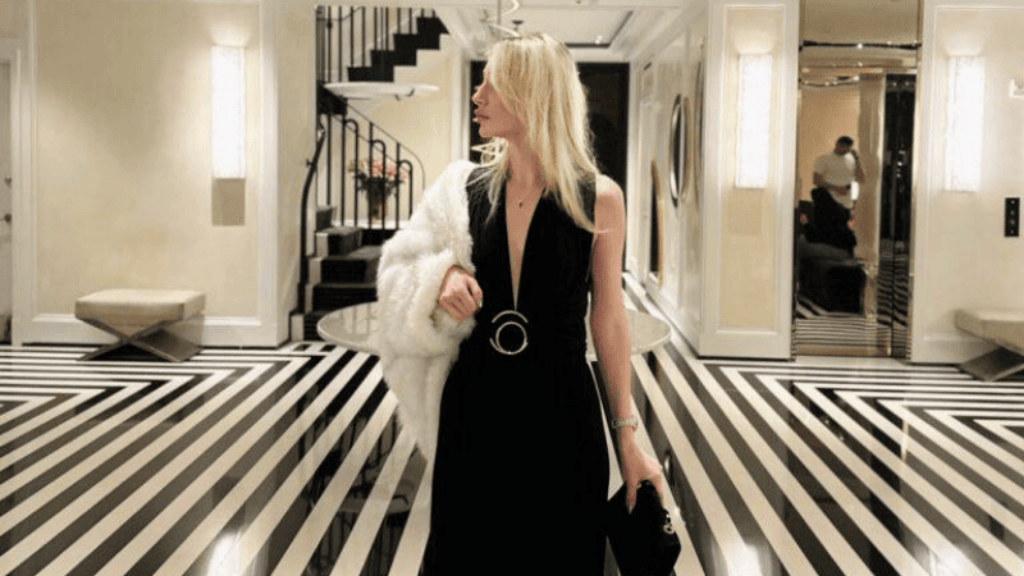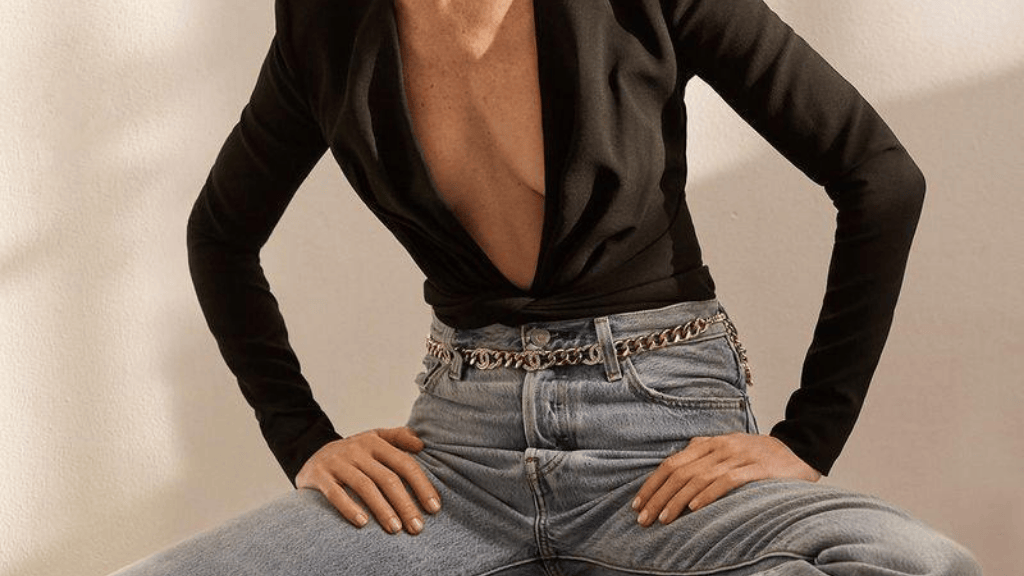The Birth of Handmade Leather Belts: A Historical and Modern Fashion Revolution
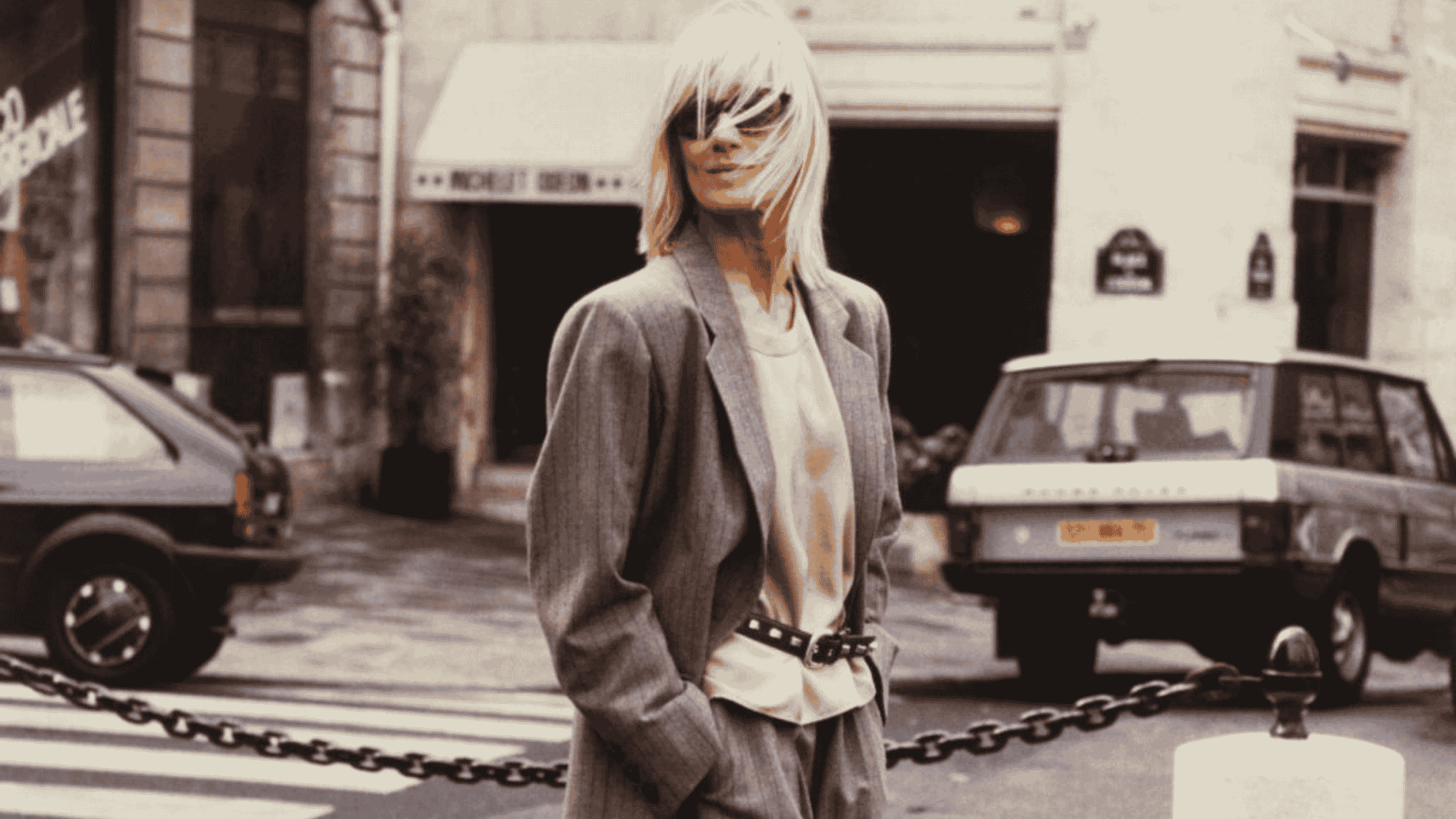
Since the dawn of civilization, human beings have sought not only to clothe themselves but also to express individuality through adornment. Among the many accessories that have endured across centuries, the handmade leather belt stands as one of the most iconic. What began as a practical necessity evolved into a powerful statement of style, craftsmanship, and cultural identity. At Colección Tansu, we honor this heritage while redefining how belts embody both tradition and modern elegance.
From Ancient Utility to Cultural Symbolism
Bronze Age Beginnings
Archaeological findings trace the earliest forms of leather belts to the Bronze Age (circa 3300–1200 BCE). In this era, belts were primarily tools of survival. Warriors secured their weapons with sturdy straps of leather, valuing the material’s durability and flexibility. For soldiers in early empires such as Rome, the belt was more than an accessory—it was a companion on the battlefield, a practical yet symbolic item that embodied strength and readiness.
Belts Beyond Function
Over time, leather belts gained symbolic power. In Mongol culture, belt exchanges served as ceremonial acts that sealed alliances. Among the Franks, capturing an enemy’s belt represented victory and dominance. This deep-rooted significance is echoed even today, as belts remain a mark of achievement in martial arts and sporting traditions.
A Symbol in Dreams and Myths
In various cultures, belts carried metaphorical meaning beyond daily life. In dream interpretations, they often symbolized personal boundaries, resilience, or inner strength. This layered significance reinforced the belt’s place not only in wardrobes but also in the collective imagination.
The Rise of Fashion Belts in the 19th Century
By the 19th century, leather belts were no longer confined to military use. Officers wore wide belts to enhance posture and silhouette, foreshadowing their eventual role in modern fashion. Around this time, trouser loops emerged, making belts indispensable for everyday wear. What began as military uniform evolved into a refined accessory embraced across society.
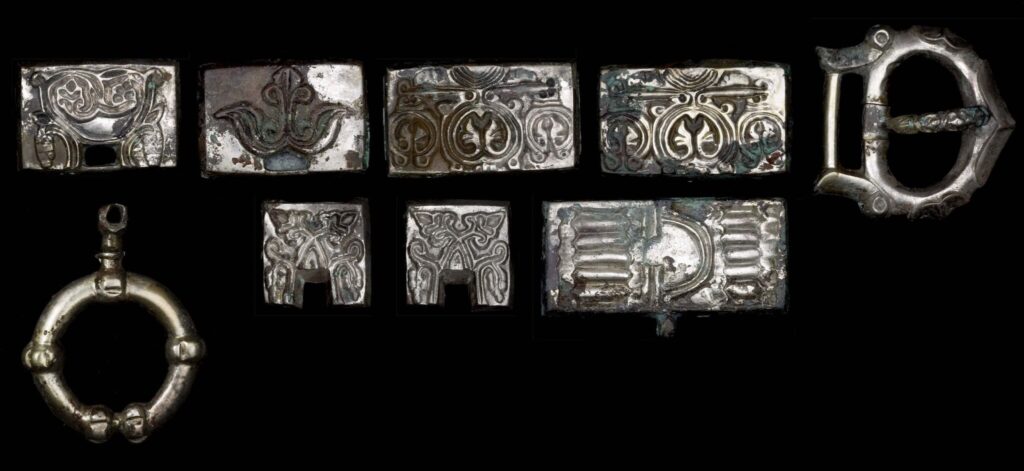
For women, belts became more than functional tools. Medieval women once used belts to carry pouches and fans, but by the early 20th century, they were fully integrated into fashion, accentuating waists and adding detail to dresses. The transition from utilitarian object to style statement was complete.
Handmade Leather Belts in the Modern Era
Today, belts are a central accessory in both men’s and women’s wardrobes. The variety is endless: woven belts, dress belts, casual styles, and bold statement designs.Yet among them, handmade leather belts stand apart. Unlike mass-produced, machine-made belts, handmade pieces reflect an artistry that cannot be replicated by industrial methods.
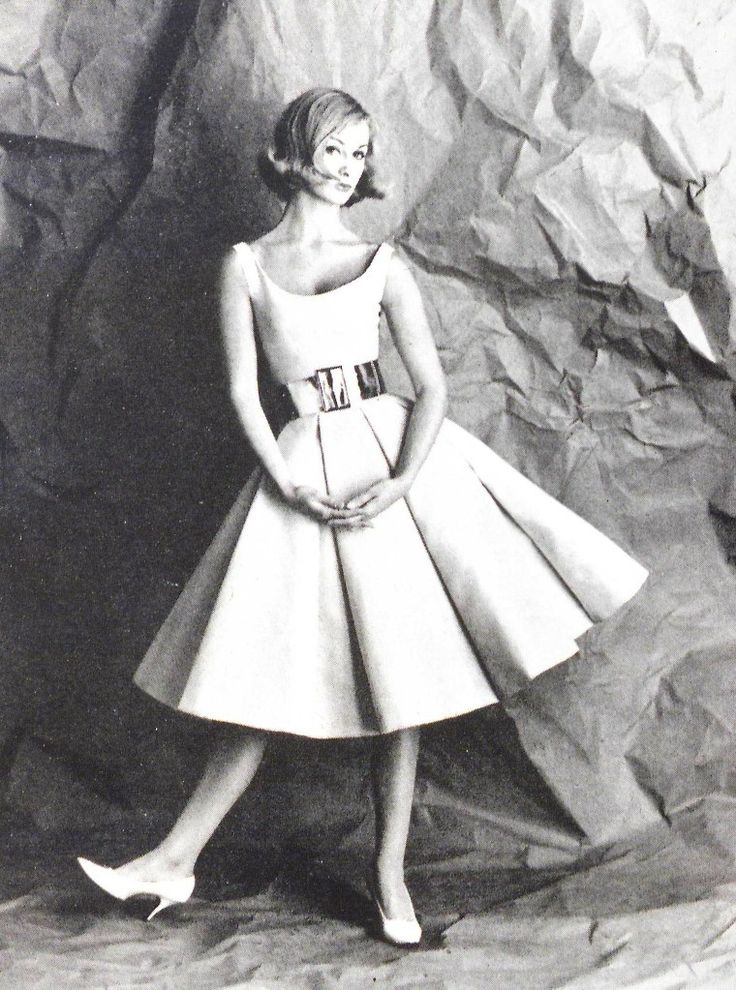
Craftsmanship Over Mass Production
Machine-made belts often focus on speed and cost efficiency, resulting in uniformity and reduced longevity. Handmade leather belts, in contrast, carry the touch of artisans who cut, stitch, and finish each piece with care. This level of craftsmanship ensures:
- Durability: Full-grain leathers age beautifully, developing a unique patina that tells a story.
- Authenticity: Subtle variations in stitching or leather texture highlight individuality.
- Quality: Every detail, from buckle setting to edge finishing, is meticulously inspected.
At Colección Tansu, our belts embody this ethos of slow fashion. Each piece is more than an accessory; it is an heirloom, a sustainable luxury designed to be worn for decades.
Ethical Production and Modern Responsibility
Handmade fashion today must also answer to contemporary values. The production of handmade leather belts at Colección Tansu reflects an ethical commitment. By sourcing from Gold-Rated tanneries and prioritizing environmentally conscious methods, we bridge tradition with responsibility. Unlike many machine-made belts that contribute to fast fashion waste, our approach focuses on longevity and mindful consumption.
This dedication aligns with a growing movement of consumers seeking authenticity and sustainability in their wardrobes. A handmade belt is no longer just a functional piece; it is a declaration of conscious style.
Handmade Leather Belts for Women
For women, handmade leather belts offer endless styling opportunities. They can cinch a flowing dress at the waist, transform a minimalist outfit into a statement, or complement other accessories such as handbags and shoes. More than just an add-on, a belt becomes the axis around which an outfit is built.
- A slim belt highlights a feminine silhouette with subtle elegance.
- A wide, bold belt adds structure to oversized dresses and coats.
- A braided or textured belt introduces character to a simple ensemble.
At Colección Tansu, our collections are designed to give women freedom of choice. A single belt can shift a look from casual to sophisticated, making it one of the most versatile accessories in modern fashion.
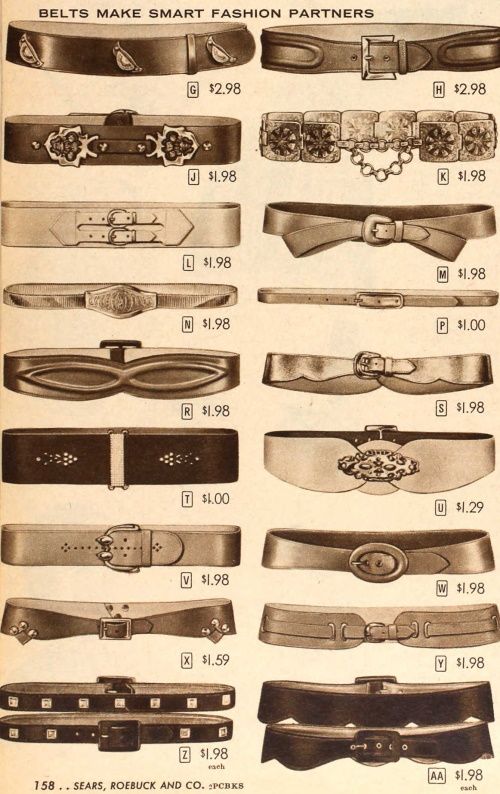
Handmade Leather Belts for Men
For men, belts remain one of the most significant accessories available. The timeless rule of matching belt color with shoes still guides formalwear, yet contemporary style allows for more experimentation. Handmade leather belts give men an edge by combining sophistication with subtle individuality.
Unlike machine-made belts, which often feel generic, a handmade belt reflects discernment and taste. It is a mark of refinement, signaling both an eye for detail and respect for enduring quality.
Men often have fewer accessory options compared to women, which makes a belt even more essential. A finely crafted belt can elevate a suit, modernize casual wear, or create a striking contrast when paired with bold textures and fabrics.
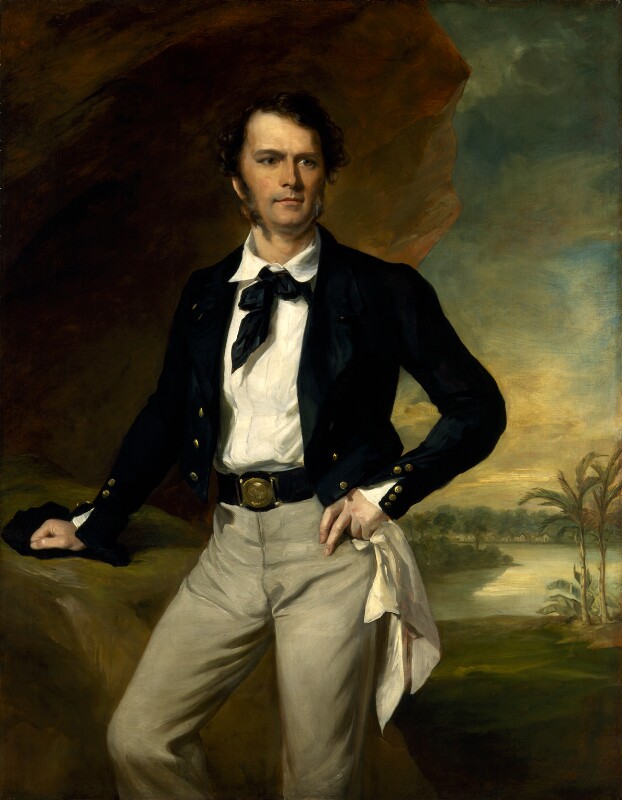
The Journey of Leather as a Material
The story of handmade leather belts cannot be told without honoring leather itself. From early tanning methods using natural oils and plant extracts to modern chrome tanning, the craft of preparing hides has always demanded innovation.
- Primitive Methods: Early belts were made from softened bark and animal skins, stitched with bone awls.
- Advancement in Iron Age: Buckles and hooks were crafted in bronze and iron, adding durability and sophistication.
- Middle Ages: Belts became status symbols, often decorated with jewels and fine detailing.
- 19th Century Innovation: The introduction of chrome tanning created softer and more versatile leathers, suitable for both clothing and accessories.
Today, Colección Tansu uses only premium materials, honoring traditional techniques while applying modern innovations that ensure longevity and ethical sourcing.
Handmade vs. Machine-Made Belts: Why It Matters
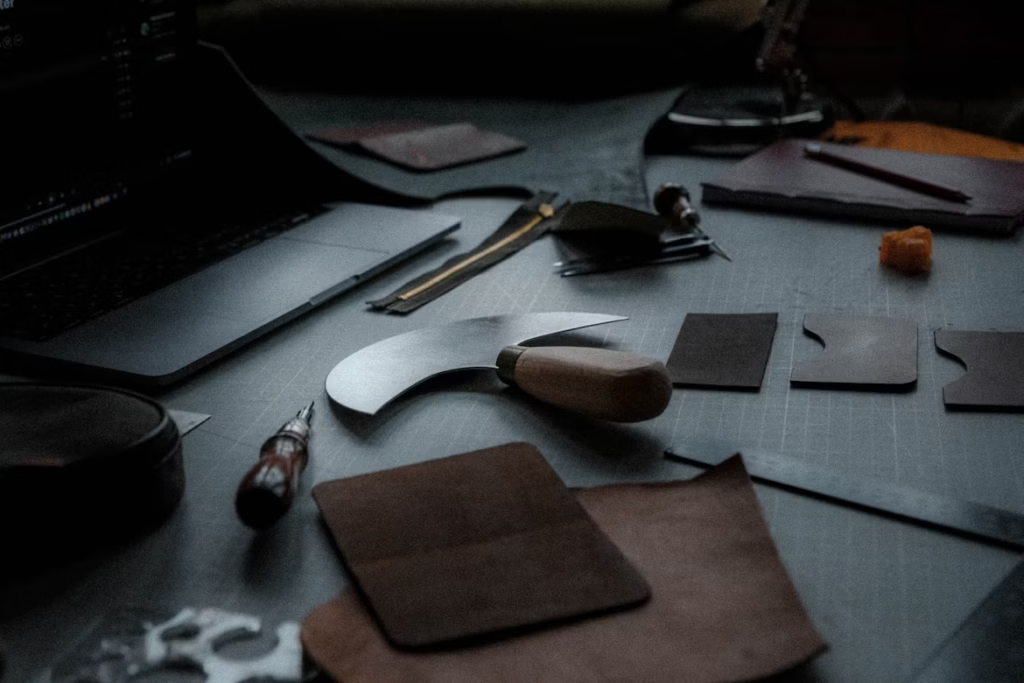
Comparing handmade leather belts with machine-made belts reveals why craftsmanship is irreplaceable:
- Individuality vs. Uniformity: Handmade belts carry unique character, while machine-made belts are identical copies.
- Longevity vs. Disposability: Quality handmade belts last decades; machine-made ones often crack or wear quickly.
- Ethical Values vs. Mass Production: Handmade processes often follow sustainable practices, while industrial methods prioritize volume.
- Artistry vs. Mechanization: A handmade belt is the result of human skill, not automated repetition.
This contrast underscores why discerning individuals turn to Colección Tansu for belts that transcend fashion trends.
The 21st-Century Handmade Belt
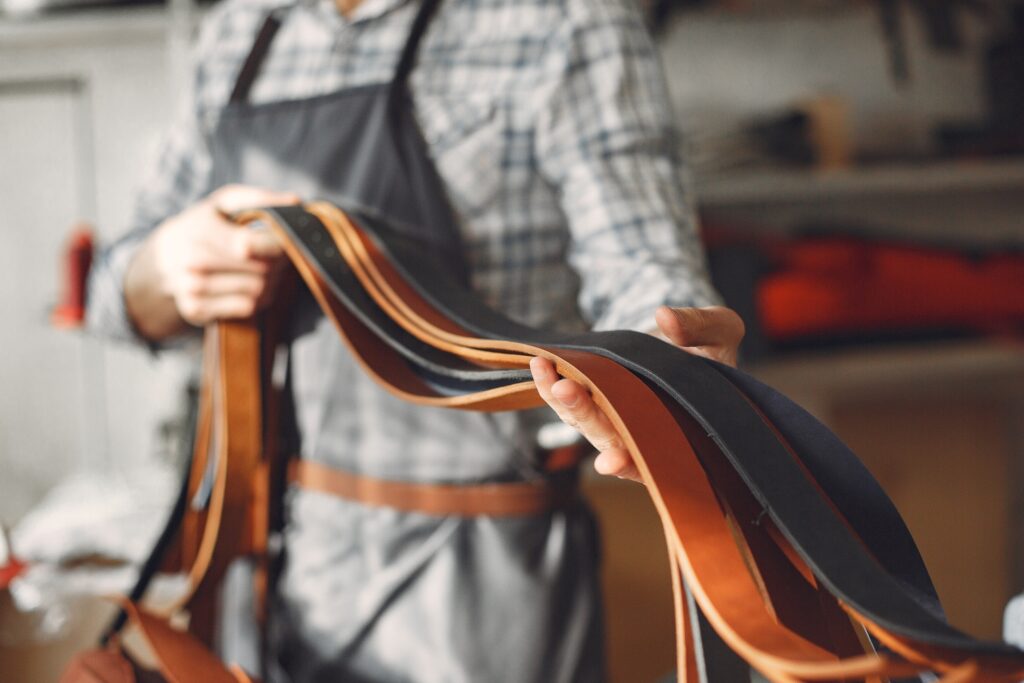
In our era, the handmade leather belt has fully transformed into a modern luxury statement. Whether worn with tailored trousers, wrapped around a flowing dress, or styled with contemporary streetwear, it remains a timeless accessory. It connects us to history while allowing personal expression in today’s world.
At Colección Tansu, we celebrate this journey. Each belt is not just a fashion piece but a story of heritage, artistry, and ethical design. It is a reminder that true style lies not in fleeting trends but in enduring craftsmanship.
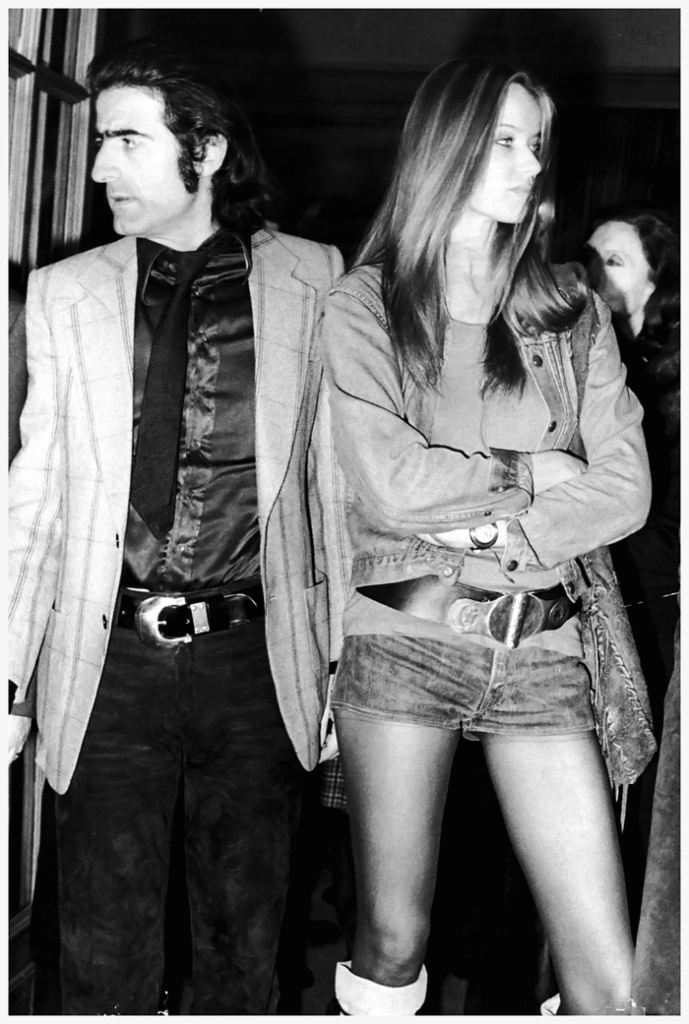
Final Thoughts
The story of handmade leather belts is as much about humanity as it is about fashion. From Bronze Age warriors to modern style icons, belts have symbolized power, identity, and refinement. Today, Colección Tansu continues this legacy with creations that honor craftsmanship, support ethical production, and elevate everyday dressing into art.
Owning a handmade leather belt is more than choosing an accessory; it is choosing authenticity, sustainability, and timeless elegance.

